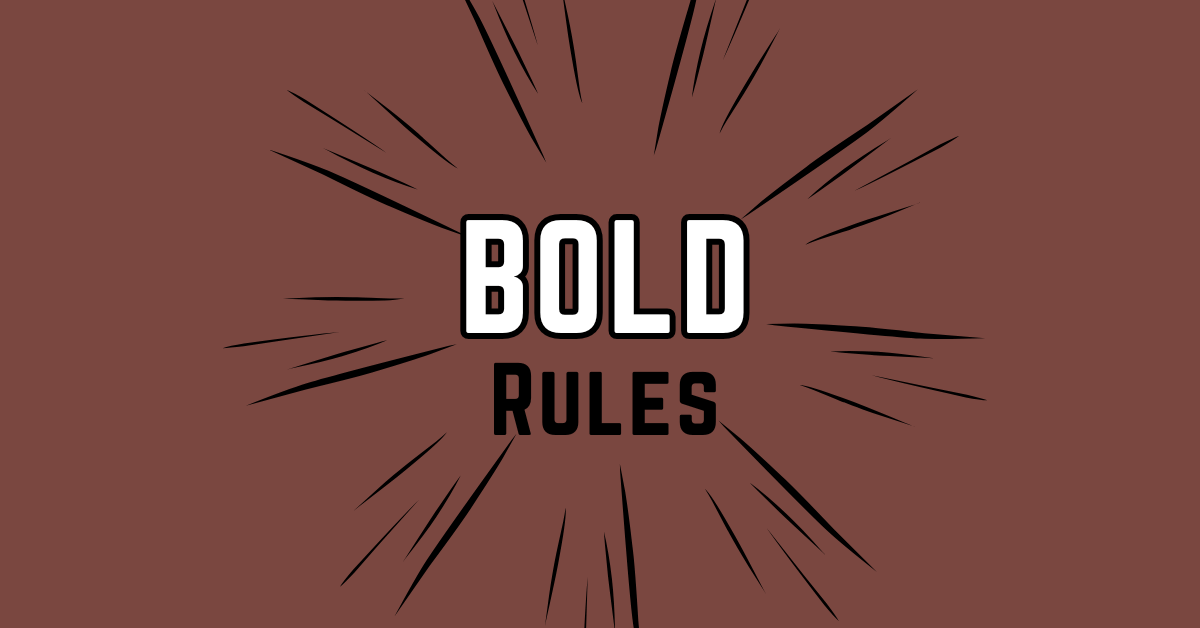Bold is a card game that combines memory, risk, and luck. It’s quick to learn, fun to play, and keeps everyone on their toes. Whether you’re a beginner or looking to refine your strategy, this guide will help you master Bold in no time.
What is Bold?
Bold is a memory-based card game where players flip cards to find matches. The twist? You decide when to stop flipping, balancing risk and reward. The player with the most matches at the end of the game wins.

Setup and Objective of Bold
Getting started with Bold is simple and quick. Here’s how to set up the game:
- Players: 2–6 players.
- Deck: The Bold deck contains cards with various shapes and colors. Some cards are duplicates, while others are unique.
- Objective: Collect as many matching pairs as possible by flipping cards from the deck.
Shuffle the deck and place all cards face down in a grid on the table. Players take turns flipping cards to find matches.
How to Play Bold
Bold is played in turns, with each player trying to uncover as many matching cards as possible. Here’s how it works:
- On your turn, flip one card to reveal its shape and color.
- Continue flipping cards, but be careful! If you flip a card that doesn’t match any previously revealed cards, your turn ends and you lose all cards flipped that round.
- If you stop before flipping a non-matching card, you keep all the matching pairs you’ve revealed.
- The next player takes their turn, starting with all cards face down again.
- The game ends when all cards have been claimed. The player with the most pairs wins.
Pro Tip: Pay attention to other players’ flips to remember the location of key cards.
Special Rules of Bold
A few additional rules add depth to Bold’s gameplay:
- Unique Cards: Some cards have no matches. If you flip one, your turn ends immediately.
- Risk Assessment: The more cards you flip, the higher your risk of losing them all if you make a mistake.
- Grid Setup: If the grid is reshuffled mid-game, players must adjust their strategies.
Why Play Bold?
Bold is perfect for quick games that test memory and decision-making. Here’s why you’ll love it:
- The combination of memory and risk keeps every turn exciting.
- Games typically last 10–15 minutes, making it ideal for casual play.
- Simple rules mean players of all ages can enjoy Bold.
Strategies for Winning at Bold
To excel at Bold, you’ll need sharp memory and smart risk-taking. Here are some tips:
- Memorize Key Cards: Pay attention to cards flipped by all players to build a mental map of the grid.
- Know When to Stop: If you’ve revealed a few matches, it’s often better to quit while you’re ahead.
- Watch Opponents: Use other players’ flips to gather information about the grid.
Bold Variations
Once you’ve mastered the standard game, try these fun variations for added excitement:
- Timed Rounds
Set a time limit for each turn to increase the pressure.
- Double Risk
Players must flip at least 3 cards per turn, adding more risk to each round.
- Team Play
Pair up with a partner and work together to remember card positions.
Conclusion
Bold is a perfect blend of memory and luck that keeps players guessing with every flip. Its quick setup, fast-paced gameplay, and element of risk make it an exciting choice for game night. Whether you’re challenging friends or sharpening your memory, Bold offers endless fun and surprises.
Explore more fun card games and their rules in our Complementary Games guide
FAQs
Can children play Bold?
Yes, Bold is suitable for ages 7 and up. Its simple rules and memory-based gameplay are great for kids.
What’s the best way to improve at Bold?
Practice memorizing card positions and learn when to stop flipping to minimize risk.
Are there cards with no matches in Bold?
Yes, some unique cards have no matches. Flipping one ends your turn immediately.
What’s the difference between Bold and traditional memory games?
Bold adds a risk element, as you can lose all flipped cards if you make a wrong move.
How do I set up Bold for a larger group?
Increase the grid size or use multiple decks for bigger games with more players.
Does Bold have expansions or additional rules?
While Bold doesn’t have expansions, house rules like time limits or minimum flips can add variety.

